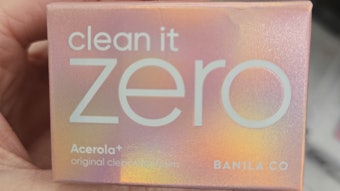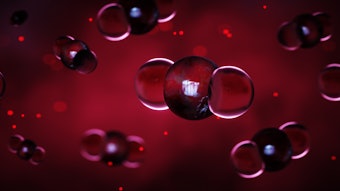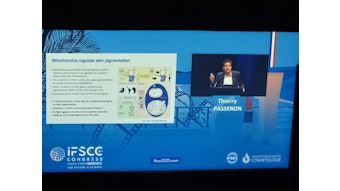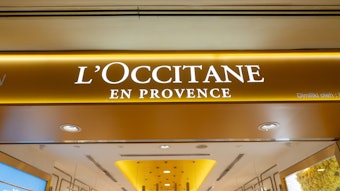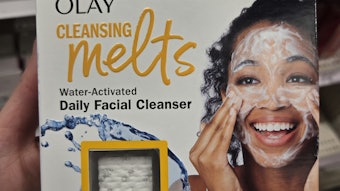Relatively few new classes of materials have come into existence since the first surfactant was formulated into a product. Recently, Gemini surfactants have drawn increasing attention and commercial success. Originally, the term Gemini surfactant was coined to describe a dual hydrophobic tail surfactant. It subsequently has been expanded and applied to a number of multiple-head surfactants. This article looks at some of the properties of Gemini surfactants with differing flexibility of the linkage groups. These surfactants have been shown to exhibit superior properties in terms of wetting and emulsification at very low concentrations when compared to traditional surfactants.
One of the many methods of dividing surfactants into groups is based upon the charge on the organic portion of the molecule. According to this scheme, surfactants fit into one of the following classifications: anionic (negatively charged), cationic (positively charged), nonionic (without a charge), or amphoteric (positively and negatively charge).
These materials are used in a variety of formulations and rarely are used alone. A look at a typical shampoo bottle will show numerous materials that make up a formulation. The functionality of the shampoo depends not only on the nature of each ingredient in the formulation, but also on the interactions between the ingredients. It is these interactions that provide, among other things, optimum detergency, foam, wetting and viscosity. The consumer’s perception of the attributes given to a product makes for its success or failure on the market. Consequently, it is important for formulators to understand the interactions occurring between ingredients.
The interaction between anionic and cationic materials generally is understood. When stearalkonium chloride and sodium lauryl sulfate are mixed together, a white, gunky paste results. The nature of this interaction, and the interaction of cationic and anionic surfactants, has been investigated in a previous article.1 In that work, hard and soft quats were defined. Hard quats were incompatible with anionic surfactants. Soft quats, on the other hand, were quats that formed thick, clear, high-foaming complexes with anionic surfactants. Differences also were found in the hardness of the anionic surfactants: sodium laureth-2-sulfate (SLES-2) was found to be more compatible with quats than sodium lauryl sulfate (SLS).
The objective of this paper is to expand the study of interactions to specific Gemini surfactants and to investigate whether their interactions depend upon the linkage group between them.



